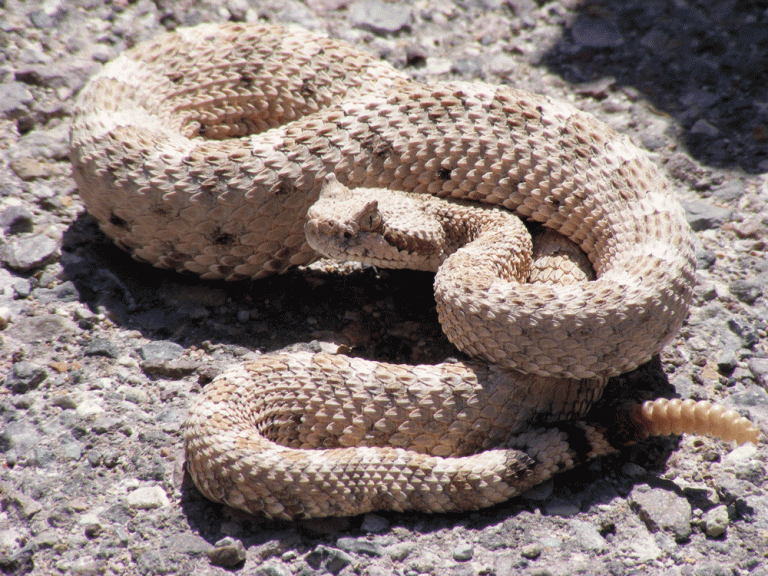
Andrew Melese
Staff Writer
Rattlesnakes can be one of the more dreaded aspects of outdoor recreation. Though these animals are beautiful, they are poisonous when they bite. While they are well known to be bite-inhibited (that is to say, reluctant to bite anything that isn’t prey), they do bite defensively.
However, they are less aggressive than their vicious reputation. Most victims are bitten on the hand when trying to pick up the rattlesnake. If you don’t try to pick one up, your statistical likelihood of being bit — when encountering one — tumbles. If this is not much consolation, also consider that when they do strike at people or their pets (defensively), their strike range is only half their body length.
With all of those calming perspectives frontloaded, it’s now a decent time to reveal that rattlesnake bites are up by over 30 percent in Southern California from what they were in early May of last year, according to the Los Angeles Times. Reported sightings, unsurprisingly, have also increased. Experts have attributed both the increase in citations and reported bites to the increased rainfall, which led to increased flora populations, and therefore rodent populations — which are a rattlesnake’s prey. Therein lies a brief lesson of the effects microclimatic conditions have on the biosphere: more rain equals healthier plants and lower fire danger, but also more of those triangle-headed reptiles.
There are three main species of rattlesnake in coastal Southern California: the Western Rattlesnake, the Western Diamondback Rattlesnake, and the Mojave Rattlesnake. Between the three, the Western Diamondback is generally considered the most aggressive. Yet it will not chase or accost you at all unless you harass it (neither will the other two subspecies). Based on personal experience, I’d say kneeling on one could also agitate it, I wouldn’t recommend that either.
While the number of bites has increased in Southern California since last year, the number of bites relative to the number of regular hikers is still quite disparate. In other words, when hiking this spring, your chances of being bitten are still very, very low; and if you are bitten, it will probably be because you were among those who tried to pick one up.
However, if you do come across one, the best course of action is simply to leave it alone, according to California’s Department of Fish and Wildlife. The department also recommends being aware of the current weather conditions when hiking: Such as knowing that if it was particularly cold the night before, snakes are more likely to be out basking in the sun the next morning. They also advise hiking in “sturdy boots” when in brushy areas with poor visibility.
Digressing for a moment, I understand those who don’t hike for fear of stepping on one. Once, when I was engaged in wildlife photography on a sunny march day, I saw a beautiful California Quail glowing in the afternoon light. I pulled out my 400mm telephoto lense, set the exposure on my camera, and kneeled down. As my right knee was about to settle on the ground, it instead settled on the back of a sleeping rattlesnake — which had been curled up on the ground below me to my total ignorance.
As soon as my jeans felt its cool, scaled back, it awoke and I lunged back. We were probably both as scared as the other. It started rattling furiously and sticking its tongue at me, hissing. I ran about ten feet away, and watched, shaking, as it sat there for roughly ten seconds before receding into a nearby shrub. I’ve seen many rattlesnakes while hiking, but that’s the only one that I’ve ever essentially sat on. C’est la vie.
If you keep in mind that the rattlesnakes are as afraid of you as you are of them, you shouldn’t need to worry too much about these lanky fellows. But be aware, they are back in greater numbers than previous years.













